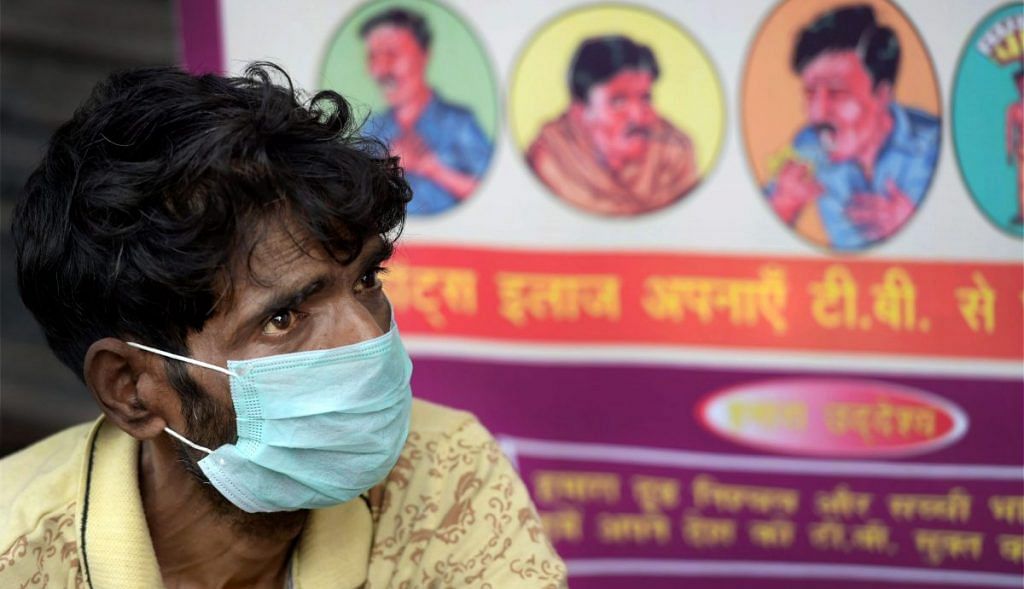New Delhi: On 24 March 1882, German physician Robert Koch identified and described M. tuberculosis, the bacillus that causes tuberculosis (TB). For this work, he was awarded the Nobel Prize in physiology, and the anniversary of the announcement of his findings is marked as World Tuberculosis Day each year by the World Health Organization (WHO).
The theme of World TB Day 2020 is ‘It’s time’, a theme that stresses the urgent need for world leaders to “scale up access to prevention and treatment; build accountability; ensure sufficient and sustainable financing including for research; promote an end to stigma and discrimination, and promote an equitable, rights-based and people-centered TB response”.
Drug-resistant TB in a digital world
The disease existed much before the discovery of its cause. It has been found in skeletons of Egyptian mummies and records by ancient physician Hippocrates. Today, TB kills more than 4,000 people every day and the WHO estimates that it has infected more than 1.8 billion people. Most of the infections are latent, meaning they don’t have any symptoms. About 10 percent of them progress to active disease which, if left untreated, kills about half of those affected.
The diagnosis of active tuberculosis is based on chest X-rays, besides a microscopic examination and culture of body fluids. Its treatment requires use of multiple antibiotics over a long period of time.
To treat a patient, antibiotics are given in an intensive phase of about two months and then a continuation phase of either four or seven months. The continuation phase is to make sure the antibiotics completely eliminate all the infecting bacteria. When patients don’t follow with their prescriptions strictly, the infecting bacteria become resistant to antibiotics and further treatment becomes very difficult.
“Non-adherence or non-compliance is one of the major challenges in the TB world,” Manjot Kaur, a physician with an MBA in strategy who has worked on HIV and TB in Clinton Health Access Initiative and Interactive Research and Development, tells ThePrint.
It is estimated that about 50 per cent of TB patients in India do not comply with their prescriptions. Non-adherence is more of a strategy problem than a medical one. “Various socio-economic factors such as gender have found to affect compliance,” explains Kaur.
In a 2013 paper published by researchers from DY Patil Medical College and Grant Medical College, Maharashtra, men without family support, such as migrant workers, were found to be at a higher risk of non-adherence.
A doctor can’t solve all these problems, solutions need to be from elsewhere.
A traditionally used method is to directly observe the patients in treatment centres, but this is difficult for such long periods of time if patients have to travel long distances. Kaur says, “Some tech solutions to the problem of non-adherence have emerged, such as 99DOTS.”
99DOTS is a monitoring approach piloted in India at large scale. According to the project, medication is packaged in a custom, secondary envelope with a series of hidden phone numbers that are revealed each time a patient takes his/her medication. Patients are then asked to dial the numbers to let healthcare workers know they have taken their medication.
The method is intended to increase the accuracy of self-reported information by confirming that the medication is ‘in hand’. It is unlikely that a patient will open the medicine envelope, call the number and then not take the drug.
Also read: Why antibiotic resistance is a health crisis, and how WHO is tackling it globally
TB in India and the way forward
India has the world’s highest incidence of TB, with almost 2.8 million cases annually, and it accounts for more than a quarter of the global TB burden. India also has the largest burden of multi-drug-resistant TB (MDR-TB) among all countries, with almost 1,50,000 cases every year. TB kills more than 435,000 Indians each year, making the illness among the top 10 causes of death in the country.
Eliminating TB by 2030 is one of the United Nations’ sustainable development goals. Addressing the 74th session of the United Nations General Assembly (UNGA) in New York last year, Prime Minister Narendra Modi said India would be free of the deadly disease by 2025.
Also read: Modi govt under-performed in meeting 2019 targets it had set towards eliminating TB
